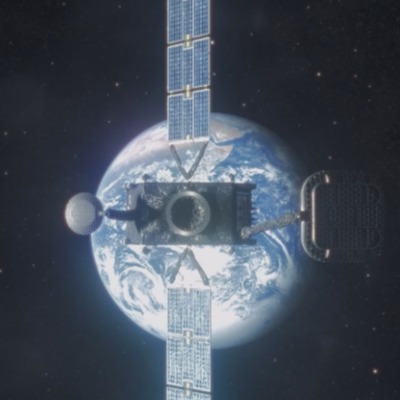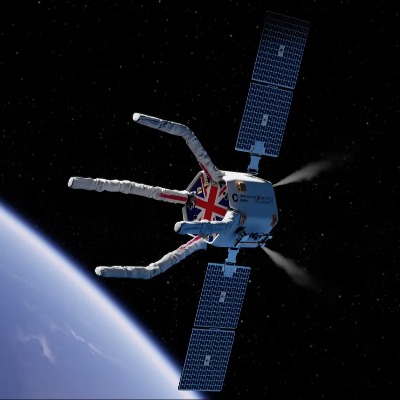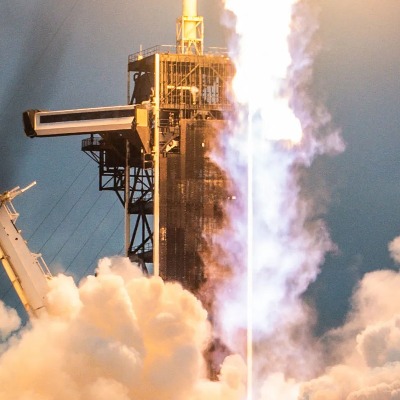NGA Unveils $700 Million Program To Enhance AI Image Analysis

The National Geospatial-Intelligence Agency (NGA) has announced a significant investment of $700 million to develop artificial intelligence (AI) capabilities that can more effectively analyze satellite imagery. The initiative aims to revolutionize the way intelligence analysts extract valuable information from vast amounts of visual data.
The program, known as will focus on developing advanced AI algorithms and tools that can automatically identify and classify objects, detect changes over time, and extract relevant features from satellite images. This will enable analysts to gain a deeper understanding of the world's landscapes, infrastructure, and activities.
NGA’s director Vice Adm. Frank Whitworth said “This represents a significant investment in computer vision, machine learning and AI. NGA will engage with commercial partners to navigate the challenges posed by increasing levels of geoint data.”
The NGA's investment is a testament to the growing importance of AI in the intelligence community. As the volume of satellite imagery continues to increase, AI-powered tools will become essential for extracting valuable insights and maintaining a competitive edge.
The National Geospatial-Intelligence Agency (NGA) delivers world-class geospatial intelligence that provides a decisive advantage to policymakers, military service members, intelligence professionals and first responders.
NGA is a unique combination of a Department of Defense (DOD) combat support agency and a principal member of the U.S. intelligence community. NGA gives warfighters, the IC and first responders a worldwide, firsthand intelligence baseline for their own analytical and operational needs. This includes everything from contributing to the state of readiness of our military forces to ensuring safety of navigation in the air, on land and over/under the seas. NGA also helps protect the homeland by providing critical insight for humanitarian efforts, disaster relief and recovery operations. Anyone who sails a U.S. ship, flies a U.S. aircraft, makes national policy decisions, fights wars, locates targets, responds to natural disasters or navigates with a cellphone relies on NGA. This agency enables all of the critical actions and shapes decisions that impact our world through the indispensable discipline of geospatial intelligence, also known as GEOINT.
GEOINT is the use of imagery, imagery intelligence and geospatial information to describe and depict features, activities and locations on Earth, helping users visualize what is happening at a particular time and place. Geospatial intelligence allows military commanders to know the exact location of U.S. Forces, coalition partners, adversaries and noncombatant persons. It predicts adversary movement based on natural and man-made obstacles. GEOINT goes beyond describing "what, where and when" to exposing "how and why."
The director of NGA serves as the IC's functional manager for GEOINT, the DOD GEOINT manager, the head of the National System for Geospatial Intelligence (NSG), and the chair of the Allied System for Geospatial Intelligence (ASG). As such, the director synchronizes operations to realize a professional, interoperable, agile and integrated GEOINT enterprise. As the lead federal agency for GEOINT, NGA manages a global consortium of more than 400 commercial and government relationships.
The program is expected to have a significant impact on national security, as well as a wide range of civilian applications, including disaster response, environmental monitoring, and urban planning.




